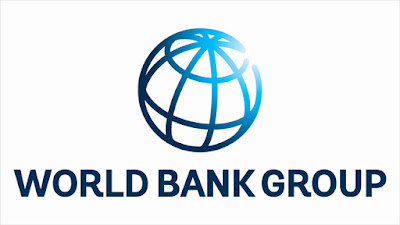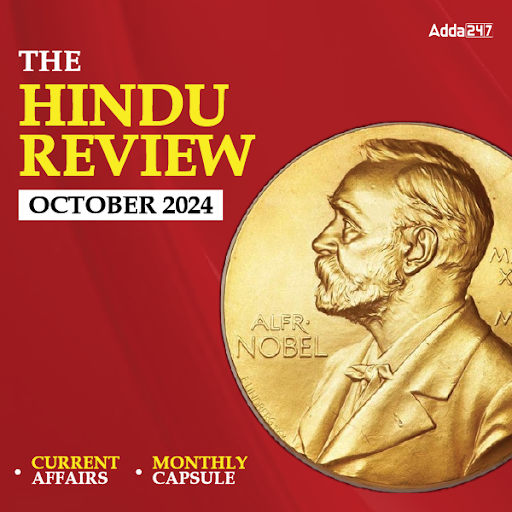Dear BA’ins,
Today in the study Notes we are Discuss about World Bank Group
Since inception in 1944, the World Bank has expanded from a single institution to a closely associated group of five development institutions. Our mission evolved from the International Bank for Reconstruction and Development (IBRD) as facilitator of post-war reconstruction and development to the present-day mandate of worldwide poverty alleviation in close coordination with our affiliate, the International Development Association (IDA) and other members of the World Bank Group, the International Finance Corporation (IFC), the Multilateral Guarantee Agency (MIGA), and the International Centre for the Settlement of Investment Disputes (ICSID).
President- Jim Yong Kim became the 12th president of the World Bank Group on July 1, 2012.
Headquarters- Washington, DC USA
The World Bank is like a cooperative, made up of 189 member countries. These member countries, or shareholders, are represented by a Board of Governors, who are the ultimate policymakers at the World Bank. Generally, the governors are member countries’ ministers of finance or ministers of development. They meet once a year at the Annual Meetings of the Boards of Governors of the World Bank Group and the International Monetary Fund.
The World Bank Group consists of five organizations:
1. International Bank for Reconstruction and Development
The International Bank for Reconstruction and Development was created in 1944 to help Europe rebuild after World War II. Today, IBRD provides loans and other assistance primarily to middle income countries. IBRD is the original World Bank institution. It works closely with the rest of the World Bank Group to help developing countries reduce poverty, promote economic growth, and build prosperity.
IBRD is owned by the governments of its 189 member countries, which are represented by a 25-member board of 5 appointed and 20 elected Executive Directors. The institution provides a combination of financial resources, knowledge and technical services, and strategic advice to developing countries, including middle income and credit-worthy lower income countries.
2. International Development Association (IDA)
The International Development Association (IDA) is the part of the World Bank that helps the world’s poorest countries. Overseen by 173 shareholder nations, IDA aims to reduce poverty by providing loans (called “credits”) and grants for programs that boost economic growth, reduce inequalities, and improve people’s living conditions.
IDA complements the World Bank’s original lending arm—the International Bank for Reconstruction and Development (IBRD). IBRD was established to function as a self-sustaining business and provides loans and advice to middle-income and credit-worthy poor countries. IBRD and IDA share the same staff and headquarters and evaluate projects with the same rigorous standards.
3. International Finance Corporation (IFC)
Established in 1956, IFC is owned by 184 member countries, a group that collectively determines our policies. Through a Board of Governors and a Board of Directors, our member countries guide IFC’s programs and activities.
Each of our member countries appoints one governor and one alternate. Corporate powers are vested in the Board of Governors, which delegates most powers to a board of 25 directors. Voting power on issues brought before them is weighted according to the share capital each director represents.
The directors meet regularly at World Bank Group headquarters in Washington, D.C., where they review and decide on investments and provide overall strategic guidance to IFC management.
4. Multilateral Investment Guarantee Agency (MIGA)
MIGA is a member of the World Bank Group. The mission of MIGA is to promote foreign direct investment (FDI) into developing countries to help support economic growth, reduce poverty, and improve people’s lives. MIGA’s operational strategy plays to foremost strength in the marketplace—attracting investors and private insurers into difficult operating environments. We focus on insuring investments in the areas where we can make the greatest difference.
5. International Centre for Settlement of Investment Disputes (ICSID)
ICSID is the world’s leading institution devoted to international investment dispute settlement. It has extensive experience in this field, having administered the majority of all international investment cases. States have agreed on ICSID as a forum for investor-State dispute settlement in most international investment treaties and in numerous investment laws and contracts.
ICSID was established in 1966 by the Convention on the Settlement of Investment Disputes between States and Nationals of Other States (the ICSID Convention). The ICSID Convention is a multilateral treaty formulated by the Executive Directors of the World Bank to further the Bank’s objective of promoting international investment. ICSID is an independent, depoliticized and effective dispute-settlement institution. Its availability to investors and States helps to promote international investment by providing confidence in the dispute resolution process. It is also available for state-state disputes under investment treaties and free trade agreements, and as an administrative registry.
All the Very Best BA’ins for BOB PGDBF 2016




 The Hindu Review October 2022: Download ...
The Hindu Review October 2022: Download ...
 CAIIB ABM Exam Analysis 2024, 24 Novembe...
CAIIB ABM Exam Analysis 2024, 24 Novembe...
 Important Essay Topics for IBPS PO Mains
Important Essay Topics for IBPS PO Mains




